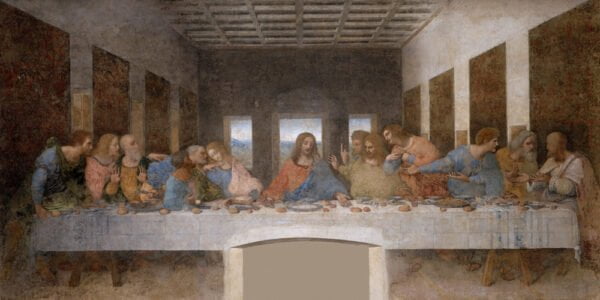Leonardo da Vinci
Leonardo da Vinci, one of the great masters of the late Renaissance, left a deep mark on his time as an artist and scientist and influenced many subsequent generations. Italian Renaissance architect, inventor, engineer, sculptor and painter. He is described as a genius because of his all-round talent. He is known for his painting masterpieces such as The Last Supper and Mona Lisa, but also for many inventions that were ahead of his time, but which he did not publish during his lifetime . In addition, he made a constructive contribution to research in the fields of anatomy, astronomy and construction.
Leonardo da Vinci was born in 1452. The son of a wealthy notary, he received an excellent upbringing and schooling in his native Florence. He was a vegetarian all his life. He showed talent even as a boy and at the age of 12 became an apprentice to the fourteen-year-old master painter Andrea de Verrocchio. Later, he also opened his own painting workshop and his apprentices also expanded the style that we now call Leonardism, continuing Leonard‘s principle that there are no sharp edges in nature.
In 1482, the comprehensively educated Leonardo became an engineer of the military units of the Duke of Milan. During the eighteen years he spent in Milan, some of his most important works were created, including the Last Supper fresco in the Sistine Chapel. For the next six years, Leonardo worked for the papal envoy Cesare Borgia; this period is marked by many portraits, the most famous of which is undoubtedly the face of Mona Lisa.
In recent years, Leonardo was mainly engaged in scientific work. His study of nature and anatomy is clearly evident in his paintings; these are very realistic, and the figures on them are very accurately depicted. He was the first artist to study the proportions of the male, female, and child bodies and use them to determine the “ideal” human figure.
Leonardo believed that an artist must know not only the rules of perspective, but all the laws of nature. He believed that the eye is the perfect instrument for learning all these laws, and the artist is the perfect person who can paint all of this.
He died in 1519.









